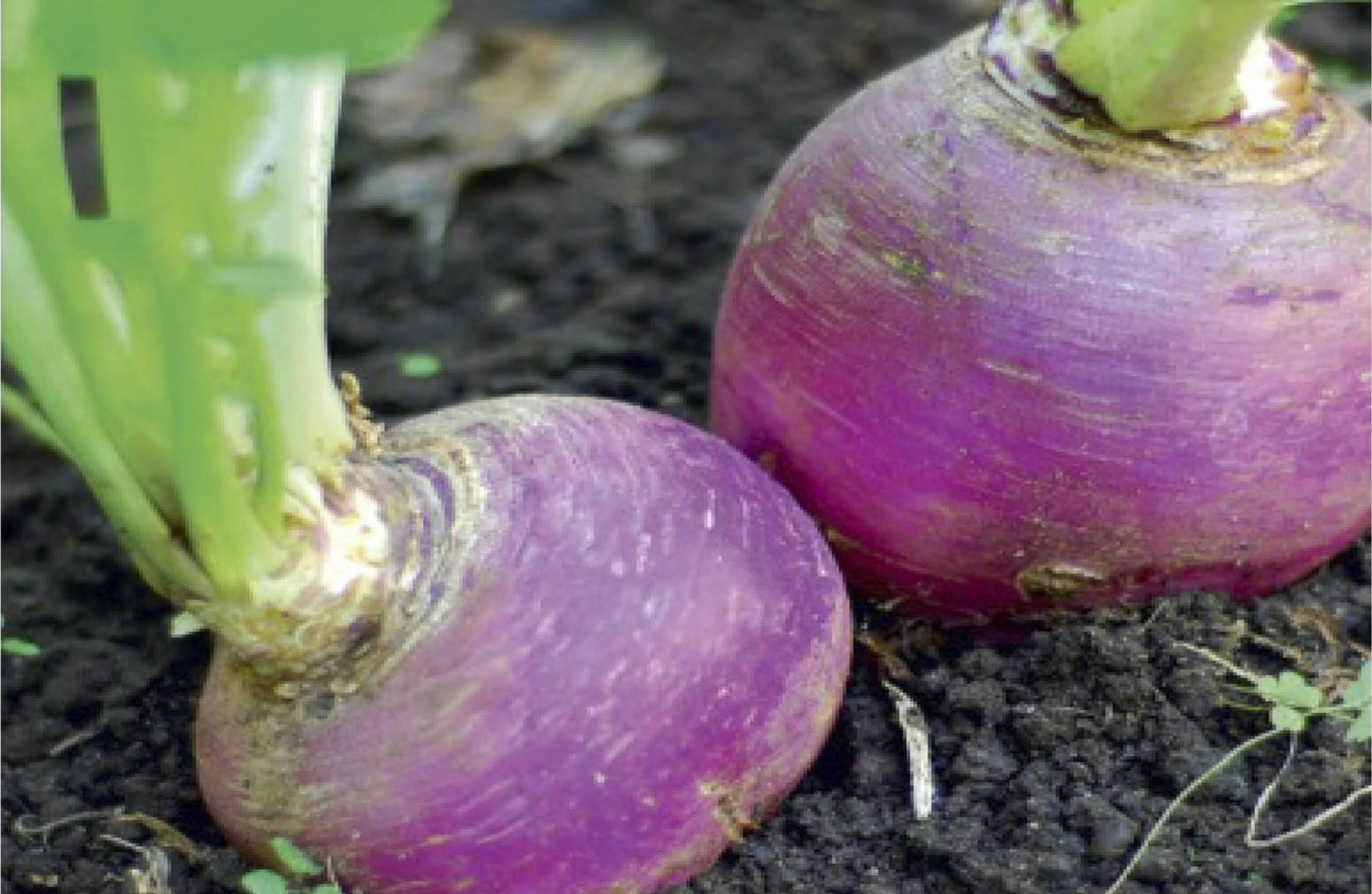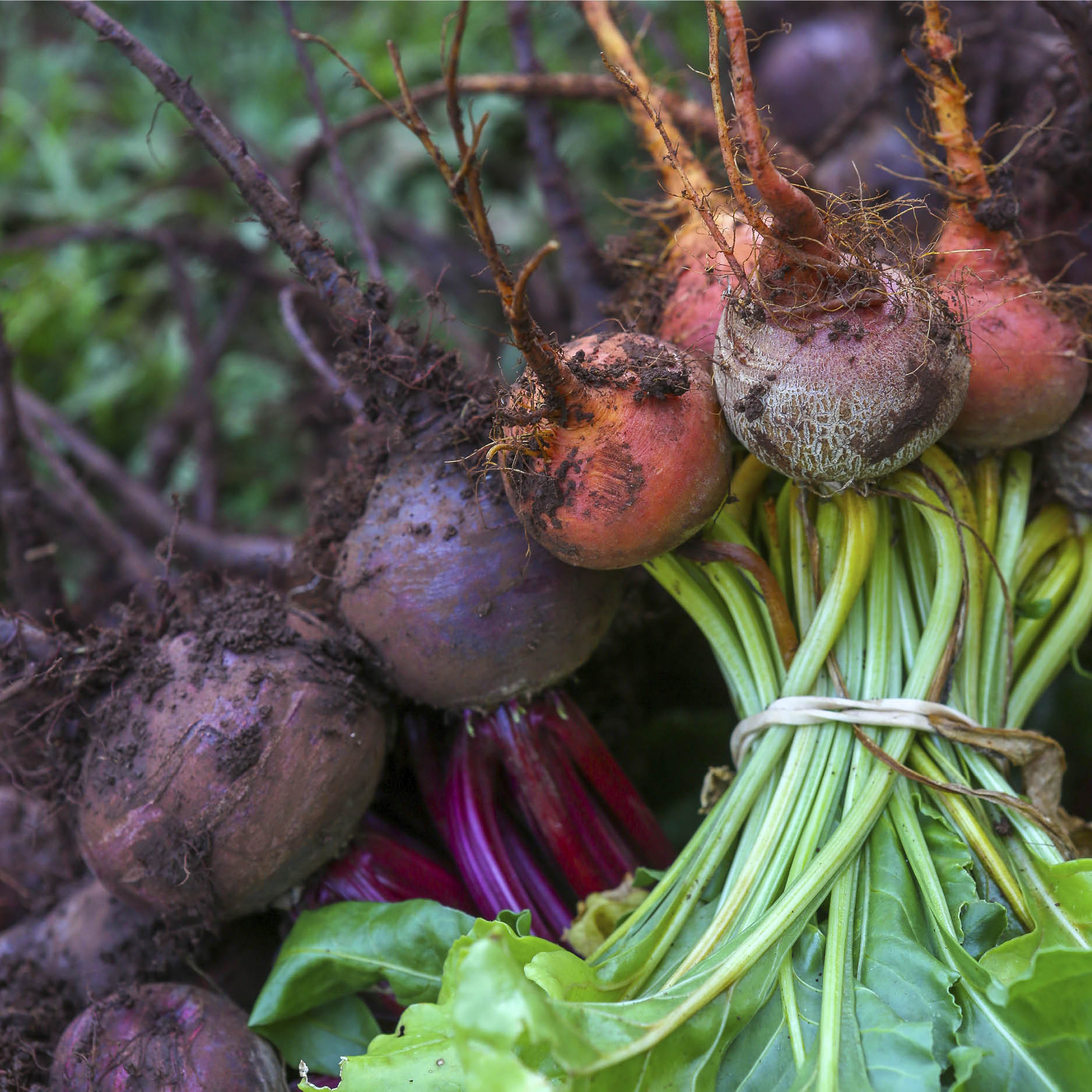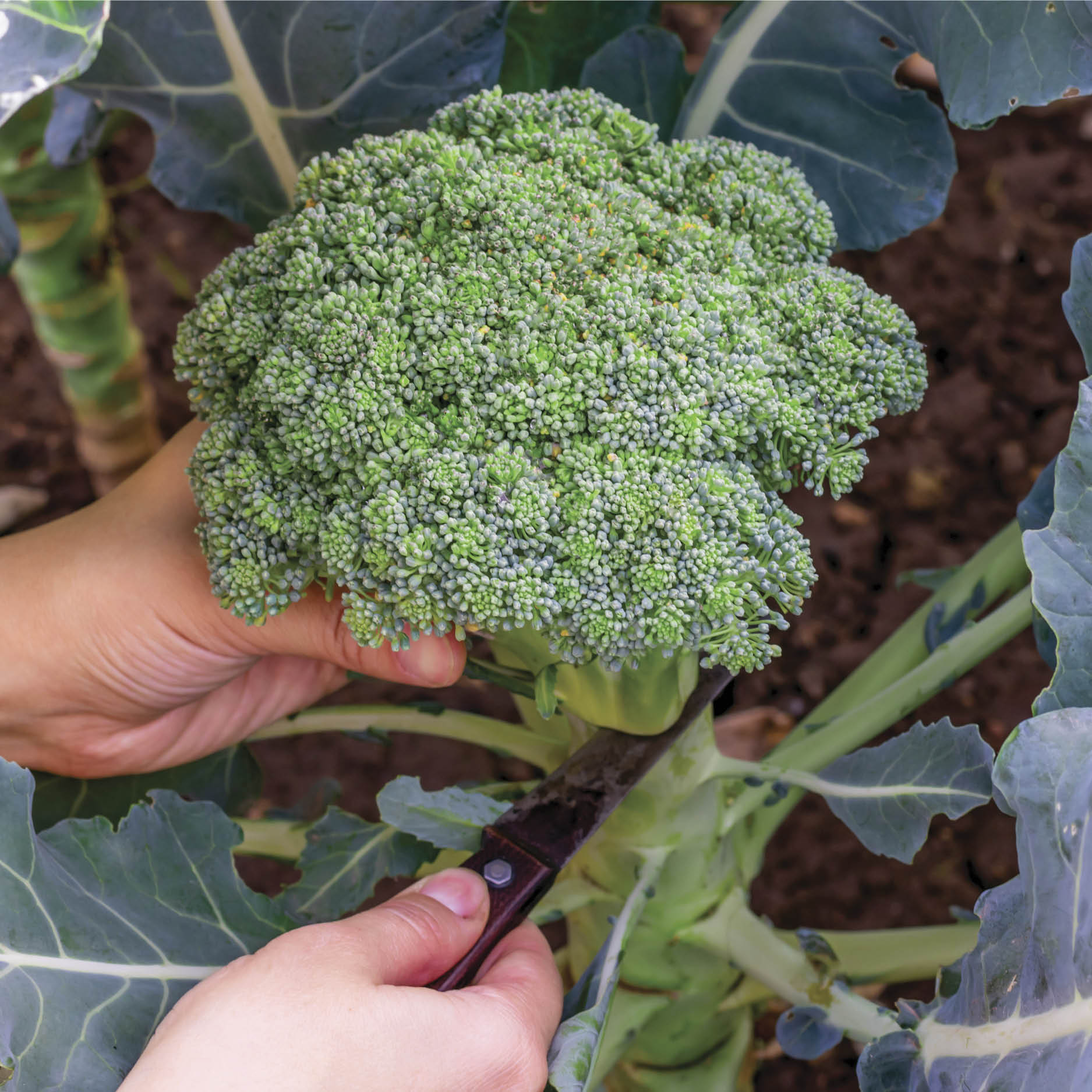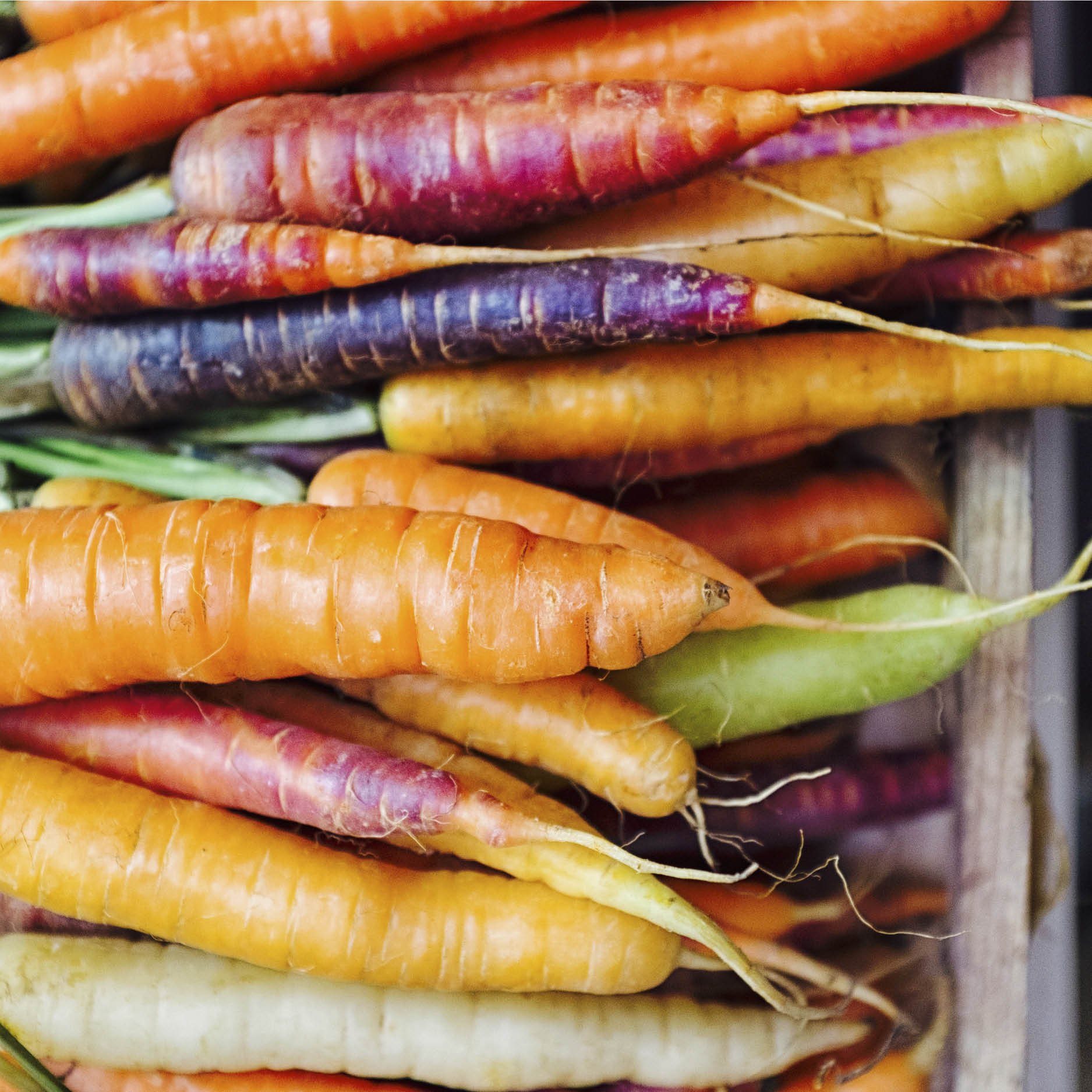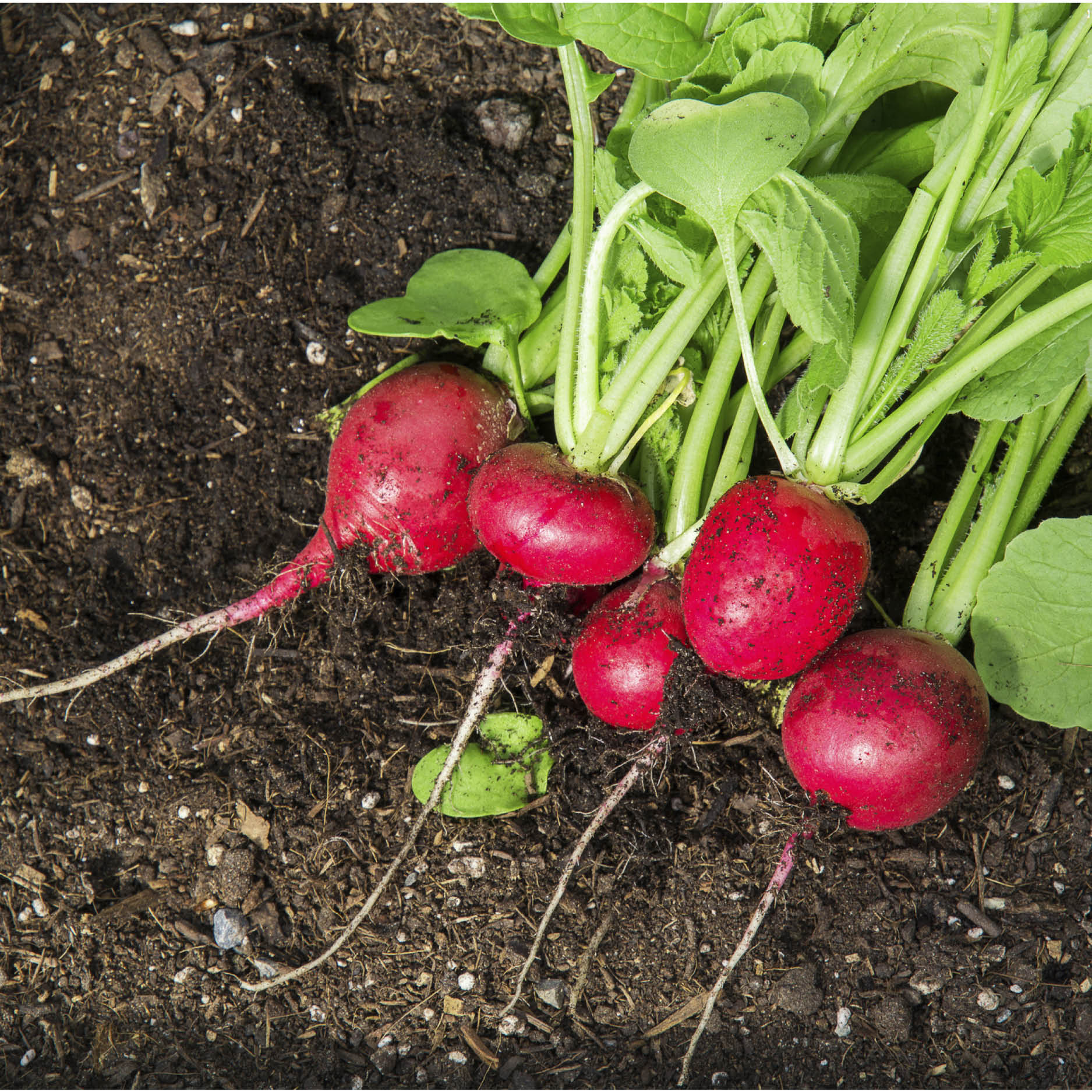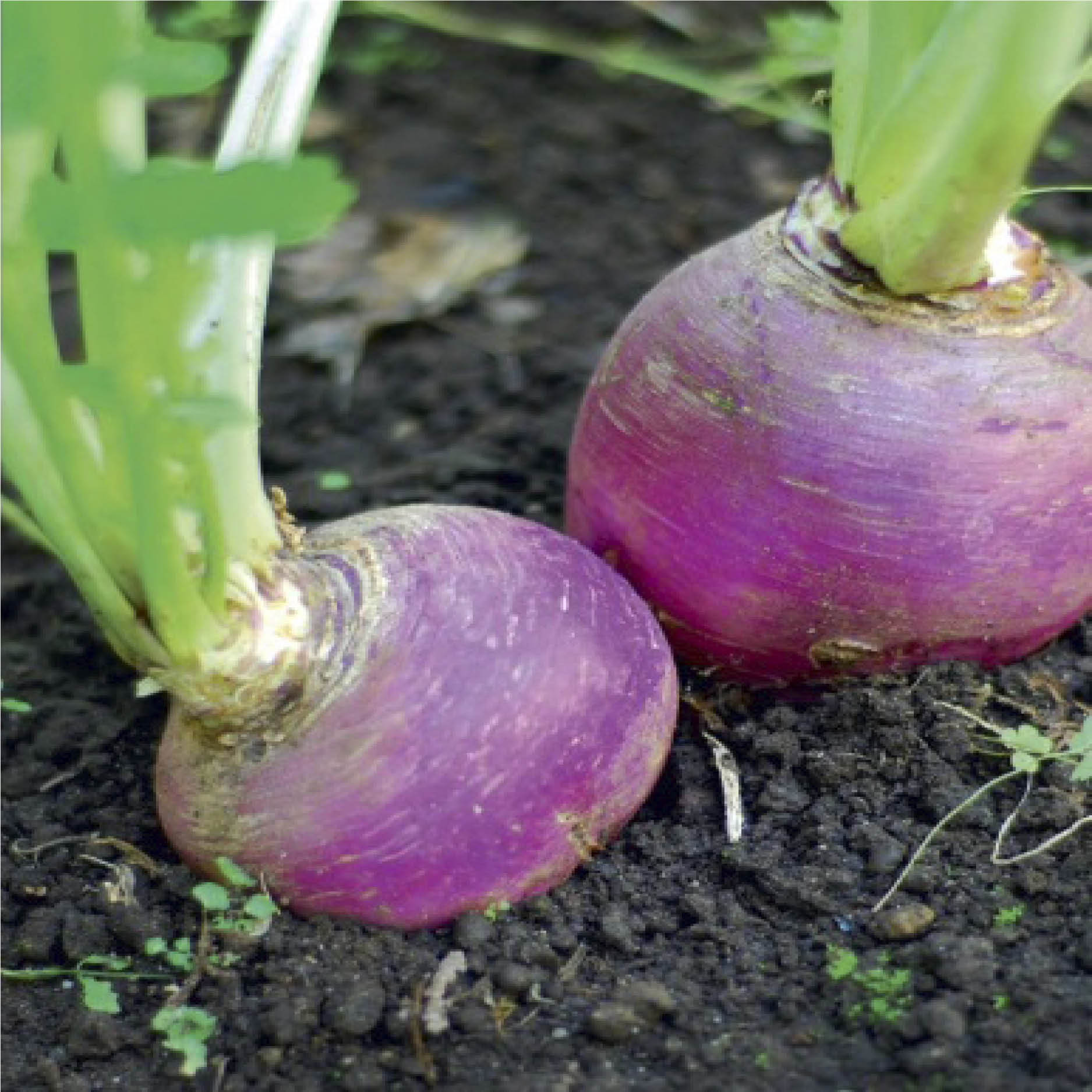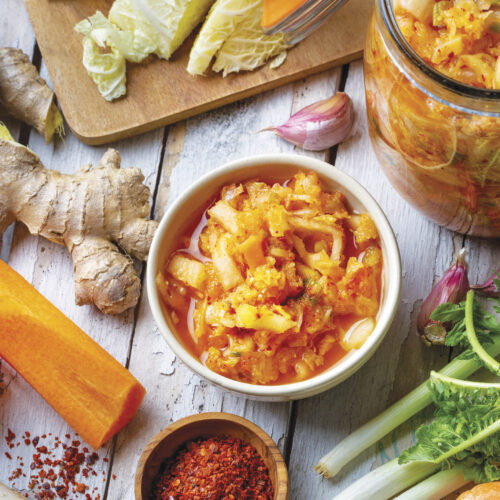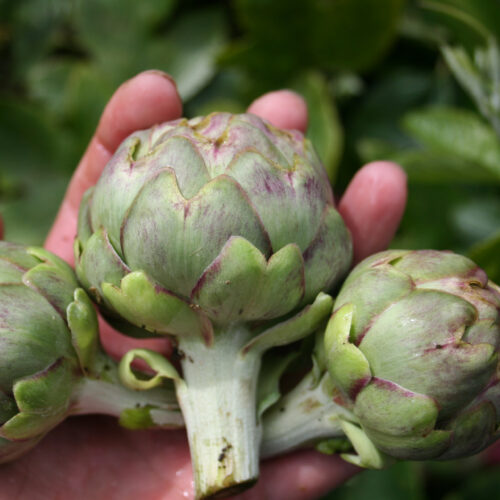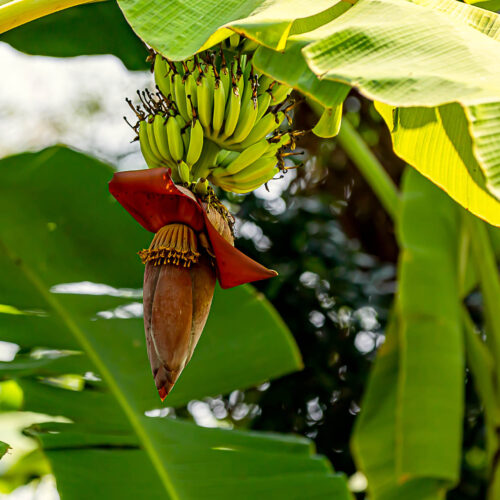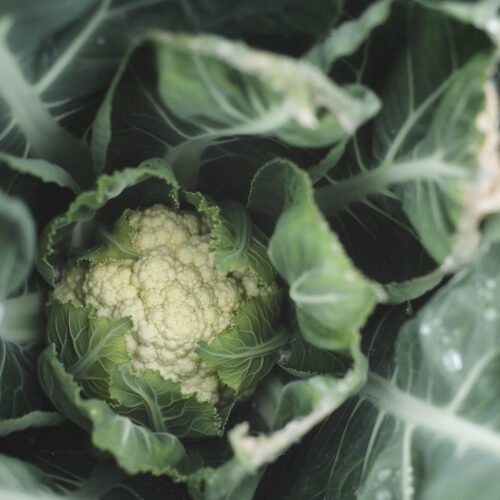Making every part count
2019-11-15T03:46:39+11:00
Making the most of root to leaf edibility is an idea that has been used for generations by frugal kitchens. Winter soups are just the start!
Before I launch into a guide to what non-typical parts of various plants can be eaten, let me offer a word of caution. Not all parts of every edible plant are edible. Some plants have edible stems and toxic leaves (for example, rhubarb). Others are only edible once cooked and shouldn’t be eaten raw. Also note that in conventional farming systems, some less commonly eaten parts of a plant will harbour residual pesticides (for example, carrot tops, which are sprayed while the roots aren’t). By all means, experiment, but do it sensibly.
Amaranthaceae family
Beetroot – Just about everyone has eaten the root at some point, but it amazes me how many people have eaten silverbeet, but not beetroot leaves. The two are almost identical. Granted, the older leaves can be a bit tough, but the young leaves are a tender and lively ingredient in mixed salads. Just don’t harvest too many at once, or your bulbs will be very small.
Chard – It’s common for cooks to trim the stems from the leaf bases, but why? They’re often super colourful, containing antioxidants and other goodies, and have?a multitude of uses, from stuffing chickens or turkey, to adding a colour hit to a red curry.
Apiaceae family
Carrot – For years I’ve pulled carrot tops off as soon as possible after harvest and thrown them to?the chooks. They are great at helping the birds clear intestinal parasites. This is hardly the most appetising way to suggest that we humans should eat them too, but trust me, they’re pretty good. The ferny leaves are nicer than the stems, which can be a bit rough, and they can be used in a variety of ways – in pesto, soups, salads, sautéed and more.
Florence fennel – The fronds are used as a herb and the bulbous base goes great in anything requiring a hint of aniseed, right? Yes, but don’t ignore two other parts of the plant: the flowers and the seeds. The former are among the prettiest garnishes going, and the seeds are a wonder with anything porky or from the sea.
Celery – Unlike chard, whose leaves are prized and stalks discarded, celery is the opposite. The stalks are the prize and leaves discarded. Go figure. This is despite the leaves being perfectly edible and arguably nicer to eat than the stalks. Use them in place of flat-leaf parsley, in soups and salads, and try making celery leaf pesto. They’re also brilliant in smoothies.
Brassicaceae family
Broccoli – The unopened flower head is the bit we commonly eat, but equally nutritious are broccoli flowers, leaves (essentially another form of kale) and stems. The latter has a texture like water chestnuts and when chopped into pieces, is delicious in a stir-fry.
Turnip and radish – Radishes tend to be eaten raw and turnips are usually cooked but apart from that the leaves are equally edible (they can be a bit hairy in texture but cooking fixes this – hairs disappear and you’re left with a wonderfully nutritious and mildly peppery green). Radish seedpods and flowers are also a gourmet treat.
There’s lots more information in our magazine about growing and harvesting vegies. This feature came from OG 113 but there’s heaps more available here.

